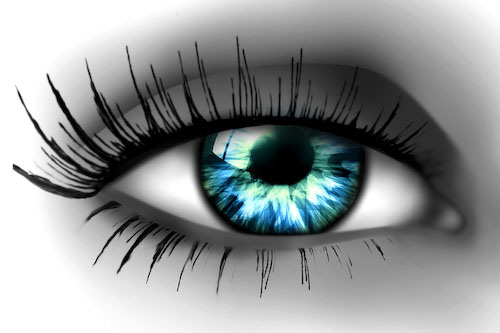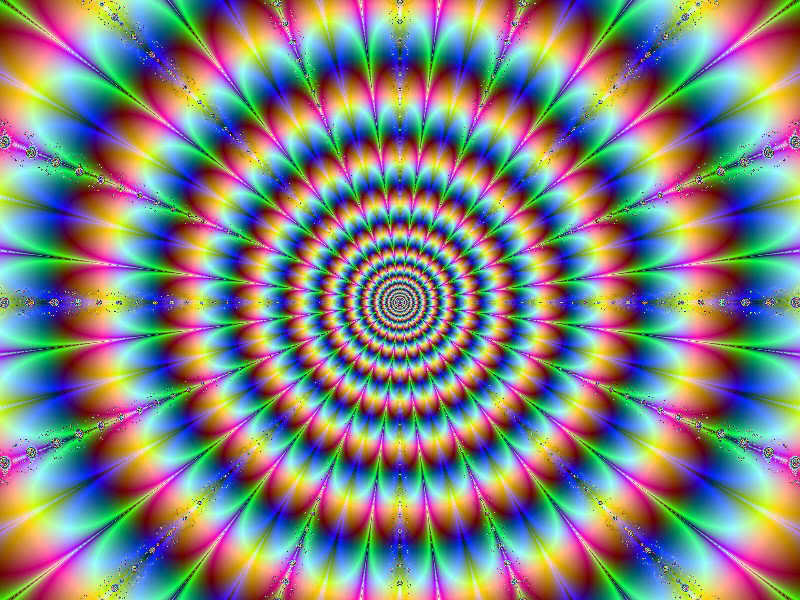
Hypnosis has been around and used for many centuries; however, it was not always defined specifically as this because it was practiced (consciously or unconsciously) in many religions and cultures without a specific definition, and the practice of course naturally changed from one religion or culture to the next. For example, Egyptians had their ‘Sleep Temples’ wherein priests induced an alternate trance-like state which was known to result in healings, and throughout the latter centuries many tribal medicine men or spiritual leaders (e.g. witch doctors, etc) have also induced trance for healing purposes.
It was in the 19th century that the word ‘hypnosis’ was developed and set by Dr James Braid, and at such time medical practitioners became interested in the hypnosis profession. Although it may not have been referred to specifically as hypnosis up until the latter half of the 19th century, the ‘practitioners’ were using methods of entrancing an alternate state in one’s consciousness in order to make significant changes; which is the same principle that modern hypnotherapists now apply to make improvements, changes and life enhancements in an individual.
Hypnotherapy is a great tool for psychosomatic disorders (meaning those emotional and mental states within the mind that result in physical symptoms within the body). Hypnotherapy can generally be used to as a tool to help with any problem(s) that you find hard to deal with on your own, including some physical problems. Hypnotherapy can be used for a range changes including (but not limited to): Addictions (e.g. alcohol, drugs, etc); Anger Management; Anxiety / Stress; Bad Habits (e.g. nail biting, picking, etc); Depression; Eating Disorders; Insomnia / Sleep Deficiencies; Confidence / Self Esteem; Pain Management; Panic Attacks; Past Life Regression; Phobias (e.g. fear of spiders, flying, etc); Physical Symptoms (e.g. psoriasis, eczema); Procrastination / Motivation; Quit Smoking; Sexual Problems; Sports Enhancement; Study & Learning Enhancement; Weight Loss; and Work / Business Improvement.
People naturally go into hypnosis all the time by themselves, as you drift from one state of consciousness to another. For example, you may have done something automatically not even thinking about it, such as driving home and forgetting a certain part or parts of that drive, or alternatively you are in a trance-like state when you listen to the radio or watch television. It has been scientifically proven that hypnosis is an effective tool in creating significant changes.
The conscious mind is the analytical and thinking mind. It is likened to being the ‘tip of the iceberg’ (the small amount you can see above the water). It is very small and has a memory capacity of only approximately twenty to thirty seconds. The conscious mind is part of us for a good reason; it filters our reality and perception based on our experiences and beliefs – in other words, it lets in and out the information we do and do not want. The conscious mind can put up ‘walls’ or create obstacles by over-analysing and in summary, if we could consciously think our problems away then it is likely society would have limited or no problems at all.
On the other hand, you have the subconscious mind (or unconscious mind) which is the literal and responsive mind. The subconscious mind is likened to being the ‘bottom of the iceberg’ (the massive hidden chunk under the tip which cannot be seen from above the water). The subconscious mind is where all your emotions, habits and memories are stored permanently. Have you ever thought about who runs your body e.g. the beating of your heart, your breathing, your sleep, etc? You do not have to consciously think about all this; it is your subconscious mind which does this for you. Your subconscious mind is active up to ninety-eight percent of the day and is therefore obviously a lot larger and a lot more powerful than the conscious mind.
Hypnotherapy allows you to make connections, access resources and make changes at a subconscious level, which results in your conscious and subconscious minds working together in achieving your desired outcome(s); for example, whilst a smoker may consciously be aware of all the reasons they need to quit and want to quit, subconsciously your mind has built connections to all your experiences around smoking thus building emotion and habit foundation blocks which are around one thousand times stronger than a conscious thought, in effect overriding conscious logic.
Hypnotherapy by-passes the conscious mind and in doing so, allows the therapist direct access to the subconscious mind and by using the alternate (trance) state known as hypnosis and numerous therapeutic techniques, the therapist makes significant changes and improvements at a subconscious level known to take
immediate and lasting effect on individuals. Clients often report profound change after participation in a course of several treatments.

